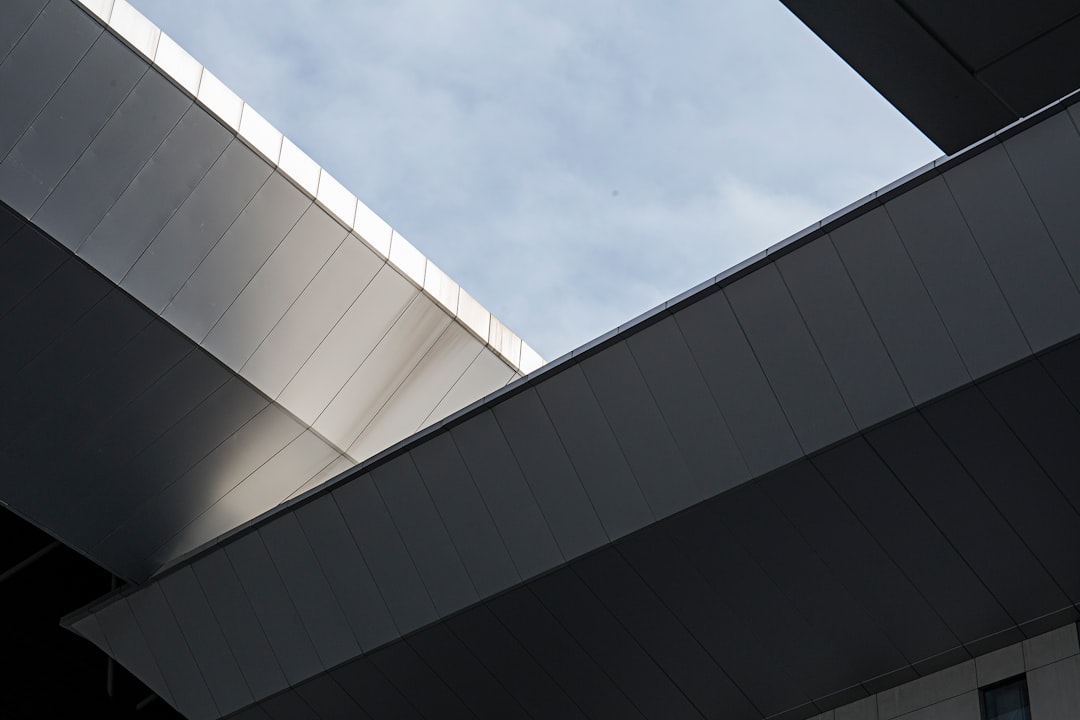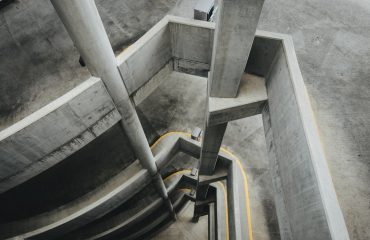Steel Structures: Revolutionizing Agricultural Building Design
The agricultural industry is constantly evolving, demanding structures that are robust, adaptable, and cost-effective. Steel has emerged as a leading material in the construction of agricultural buildings, offering unparalleled advantages over traditional materials like wood and concrete. This post delves into the multifaceted benefits of using steel in agricultural construction, exploring its diverse applications and contributing to a more efficient and sustainable farming future.
1. Strength and Durability: The Unmatched Resilience of Steel
Steel’s inherent strength is a game-changer for agricultural buildings. Unlike wood, which is susceptible to rot, insect infestation, and fire damage, steel offers exceptional resistance to these threats. Its high tensile strength allows for the construction of larger, more open spans, minimizing the need for internal supports and maximizing usable space within barns, sheds, and storage facilities. This open space is particularly beneficial for housing livestock, storing machinery, or cultivating crops indoors. Furthermore, steel structures can withstand extreme weather conditions, including high winds, heavy snow loads, and even seismic activity, ensuring the longevity and safety of the investment.
The durability of steel also translates to lower maintenance costs. Regular inspections and occasional repainting are generally sufficient to maintain the structural integrity of a steel building for decades, unlike wooden structures that require frequent repairs and replacements.
2. Versatility and Design Flexibility: Tailoring Steel to Your Needs
Steel’s versatility is another key advantage. It can be easily shaped and fabricated to create a wide range of building designs, catering to diverse agricultural needs. From simple, open-sided sheds for equipment storage to complex, climate-controlled barns for livestock housing, steel can adapt to any requirement. The ability to customize designs allows farmers to optimize their structures for specific purposes, maximizing efficiency and productivity.
Furthermore, steel allows for the incorporation of advanced features such as automated ventilation systems, specialized climate control, and integrated lighting, contributing to improved animal welfare and crop yields. The prefabricated nature of many steel structures also significantly speeds up the construction process, reducing downtime and getting the building operational faster.
3. Cost-Effectiveness: Balancing Initial Investment with Long-Term Savings
While the initial investment in a steel agricultural building might seem higher compared to some traditional materials, the long-term cost-effectiveness is undeniable. The superior durability and low maintenance requirements significantly reduce operational costs over the building’s lifespan. The faster construction time also translates to reduced labor costs and quicker return on investment.
Steel’s recyclability adds another layer of cost-effectiveness. At the end of its useful life, the steel can be salvaged and recycled, minimizing waste and environmental impact. This sustainability aspect is increasingly important for environmentally conscious farmers.
4. Sustainability and Environmental Considerations: A Greener Choice
The sustainability of steel in agricultural construction is often overlooked. While the production of steel does have an environmental footprint, its durability and recyclability significantly reduce its overall environmental impact compared to materials requiring frequent replacement. The long lifespan of steel structures minimizes the need for frequent construction and demolition, reducing waste and resource consumption. Moreover, the use of recycled steel in the manufacturing process further minimizes the environmental burden.
Furthermore, steel buildings can be designed to incorporate energy-efficient features, such as improved insulation and natural ventilation, contributing to reduced energy consumption and lower carbon emissions. This aligns with the increasing demand for sustainable practices in the agricultural sector.
5. Choosing the Right Steel for Agricultural Buildings: Grades and Considerations
Not all steel is created equal. Selecting the appropriate steel grade is crucial for ensuring the structural integrity and longevity of the agricultural building. The choice depends on several factors, including the building’s size, intended use, and the local climate. Factors such as corrosion resistance, yield strength, and ductility must be carefully considered. Consult with experienced structural engineers to determine the optimal steel grade and design specifications for your specific needs.
Different coatings and treatments, such as galvanization or painting, can further enhance the steel’s resistance to corrosion and environmental damage, extending its lifespan and reducing maintenance requirements. Understanding these options and their impact on the overall cost and durability is crucial for making informed decisions.
In conclusion, steel’s strength, versatility, cost-effectiveness, and sustainability make it an ideal material for modern agricultural buildings. By embracing steel construction, farmers can create efficient, durable, and environmentally responsible structures that support their operations for years to come.
Tags: steel agricultural buildings, agricultural construction, steel barns, steel sheds, sustainable agriculture
“`




